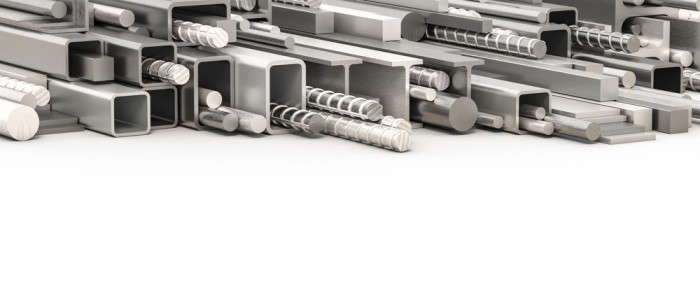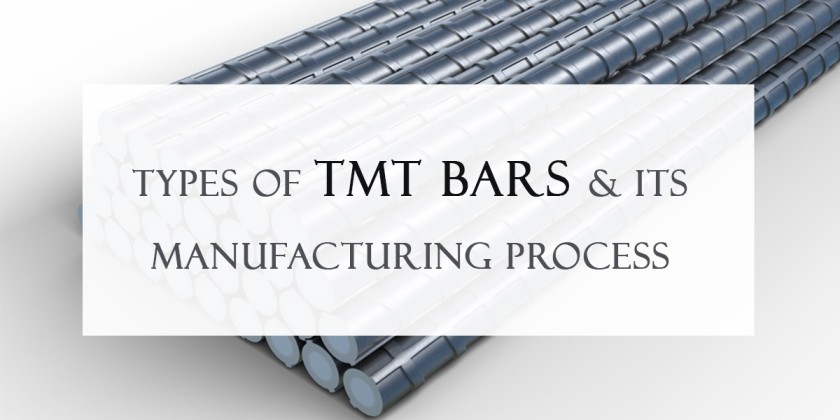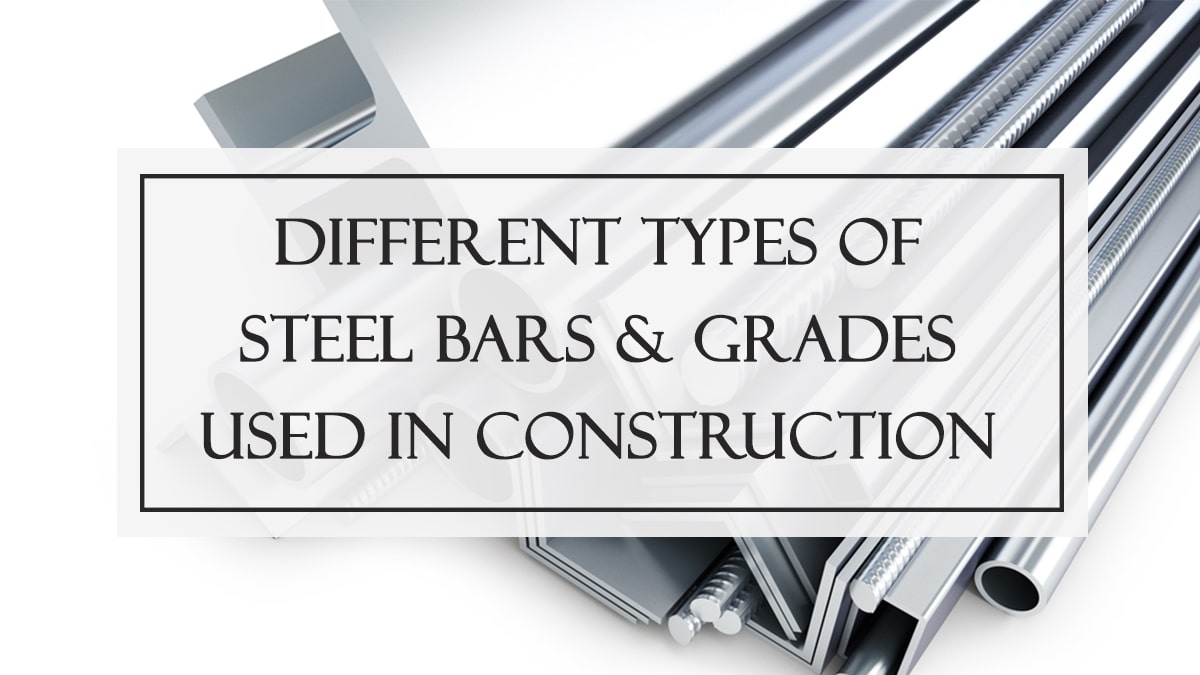What is Rebar?
A Rebar is a steel bar or a mesh of steel strands used as a tension device in reinforced concrete and reinforced masonry constructions to strengthen and help the concrete when it is under tension. Carbon steel is widely utilized for rebar because it has a higher bond and tensile strength. Although concrete is a tough material that can withstand a lot of weight, it lacks the tensile strength that steel does. Concrete reinforced with rebar/reinforcement is far more resistant to failure. A correction-resistant reinforcing bar provides the rebar’s tensile strength.
This rebar gives far more support than steel wires, reinforcing fiberglass, and many other goods on the market if you want to build a concrete structure.
Types Of Steel Reinforcement Bars
Mild Steel Bar
The mild steel bars have a surface that is plain and circular. They are available in sizes ranging from 6 mm to 50 mm. Dowels in enlargement joints where bars must pass through a metal or paper sleeve, contraction bonds in roads and runways, and spirals in columns are all examples of how they’re applied in concrete.
Deformed Steel Bar-
Deformed mild steel bars have higher tensile stresses than normal mild steel bars. End hooks are not required for these bars. The deformations should be spaced along the bar at nearly equal intervals. It’s not uncommon to employ deformed bars with projecting ribs or that have been twisted to enhance the bond with the concrete and prevent cracks from forming in reinforced concrete around mild steel bars as a result of the bars stretching and some bond loss under load. This bar is available in diameters ranging from 6mm to 50mm and lengths ranging from 6mm to 50mm.
Types of Deformed Steel Bars

A. TMT Bars (Thermo Mechanically Treated Bars)-
Thermo Mechanically Treated Bars are high-strength warm-treated bars used in reinforced cement concrete systems (RCC). It is the most recent breakthrough in steel bars, with remarkable properties such as strength, ductility, welding ability, bending ability, and compliance with international quality standards.
B. High Strength Deformed Bars-
High-strength curved bars are cold twisted steel bars having lugs, ribs, projections, or exterior distortion. These bars are available in parts or in diameters ranging from 4 mm to 50 mm.
Other Types of Rebars-
1. European Rebar:
Manganese is used in European rebar, which allows it to stretch easily. They aren’t suggested for use in areas prone to severe weather or geological occurrences such as earthquakes, hurricanes, or tornadoes. This rebar is cheap.
2. Carbon Steel Rebar:
This type of rebar is inexpensive, sturdy, and widely utilized in concrete pouring.
3. Epoxy Rebar:
Epoxy-coated rebar is both modern and cost-effective.
It is corrosion-resistant, but motion affects the covering, therefore it is not optimal.
4. Galvanized Rebar:
Galvanized rebar is corrosion-resistant steel that has been zinc-coated in a variety of ways.
5. Stainless Steel:
In areas where corrosion is a concern, stainless steel rebar is employed, but zinc cannot be used due to its tendency to galvanize. It’s quite expensive, and it’s only used once in a while.
6. Glass-Fiber-Reinforced-Polymer (GFRP):
GFRP rebar is a carbon-free alternative to typical carbon steel rebar. It’s made of fiberglass and has a lot of tensile strength.
Rebar is most commonly used to reinforce concrete in big slabs, sidewalks, foundations, walls, ceilings, roofs, and other buildings. Regardless of whether you have old rebar from demolished construction projects or a scrap rebar on hand, it can be put to a variety of uses.
This form of steel can be sold for a decent price if you no longer need it, or in other words, it can be sold as scrap metal.
If you have an arc furnace lying around, you can melt it down and change it into whatever you want.
Check This Out: How to Prevent Corrosion of Steel





